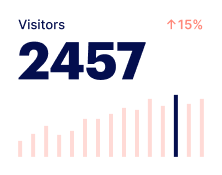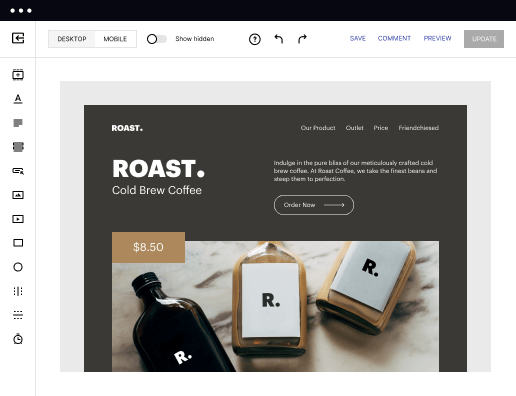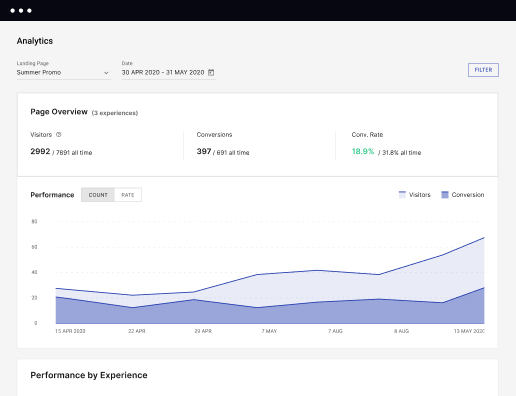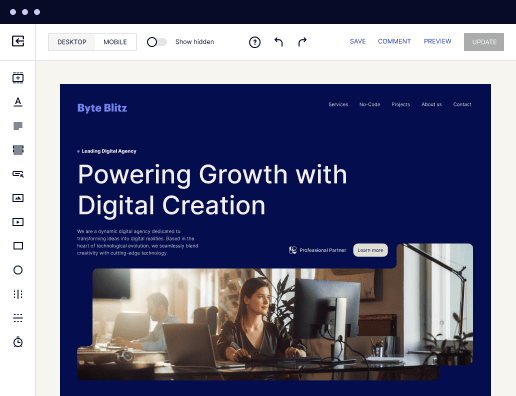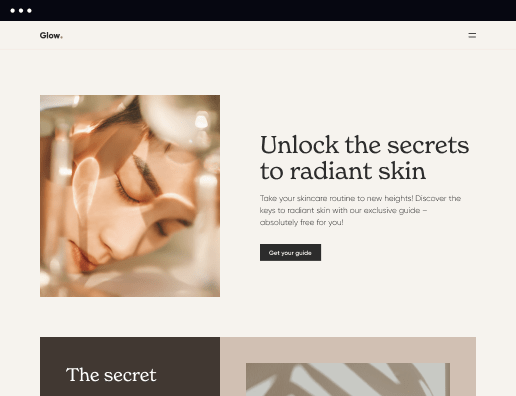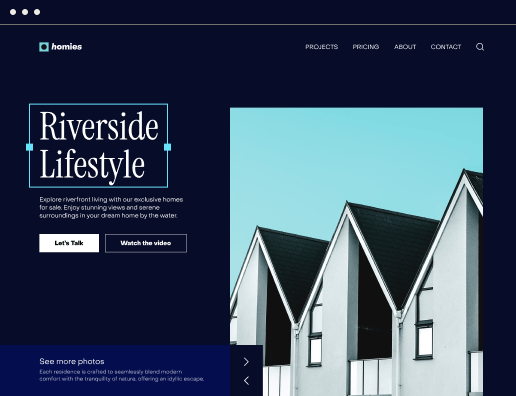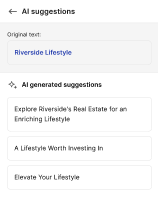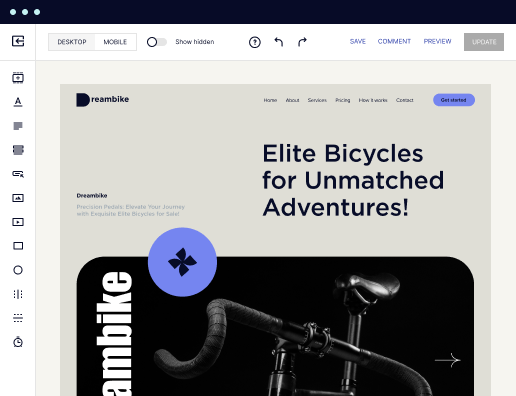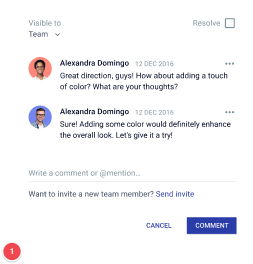Make your 401 unauthorized page designed for Windows Server
Instapage empowers you to reduce costs, increase conversions, and deliver meaningful experiences on Windows Server.
Guide to creating your 401 unauthorized page on Windows Server
Creating a 401 unauthorized page on Windows Server is crucial for maintaining a seamless user experience and upholding brand integrity. With Instapage, you can create customizable landing pages that not only convey the necessary information but also enhance user engagement. This guide will provide step-by-step instructions on how to set up your unauthorized access page effectively.
Understanding the 401 unauthorized response
A 401 unauthorized response is an HTTP status code that indicates that the request has not been applied because it lacks valid authentication credentials for the target resource. This page serves as a communication bridge between your server and the user, explaining why access is denied. Having a clear and informative 401 page helps in maintaining user trust and can also provide options for the user to regain access.
- Clarifying the error: Ensure that your message is clear and concise; inform users of the nature of the 401 error.
- Providing next steps: Suggest actions they can take, such as logging in or contacting support.
- Branding: Maintain your company’s branding throughout the page to reinforce trust.
Step 1: Design your 401 unauthorized page
Begin by designing your 401 unauthorized page in a way that reflects your brand identity. With Instapage's library of templates and customization options, you can easily create a page that stands out.
- Choose a layout: Opt for a layout that is visually appealing and matches your branding.
- Add necessary content: Include a message explaining the error and encourage users to take action.
- Incorporate visuals: Use images or graphics that reinforce your message and company brand.
Step 2: Implement the page on your Windows Server
To implement your customized 401 unauthorized page, you'll need to configure your web server settings. This typically involves modifying the server configuration files to point to your newly created page.
- Locate the IIS Manager: Open IIS Manager to access your server's configuration.
- Edit Error Pages: Navigate to the Error Pages settings and select 401 errors to set your custom page.
- Check functionality: Validate that your unauthorized page is functioning as intended by accessing a restricted area on your site.
Step 3: Optimize and test your page
Optimization ensures that your users have the best experience possible when reaching your 401 error page. Utilize Instapage’s analytics and testing features to optimize performance.
- Utilize A/B testing: Test different versions of your 401 page to see which has better user engagement.
- Incorporate heatmaps: Use heatmaps to analyze how users interact with the page and adjust as necessary.
- Monitor user feedback: Collect feedback to continuously improve the content and layout.
In conclusion, crafting an effective 401 unauthorized page on your Windows Server should be a priority to enhance user experience. By following the above steps, you can create a page that reflects your brand while addressing user needs.
Ready to create a professional and effective 401 unauthorized page? Start now with Instapage to ensure your landing pages enhance your user experience and brand trust.
Get more out of Make your 401 unauthorized page on Windows Server
Improve your Quality Score with quick load technology for landing pages
Increase conversions with content that aligns with your ads and audiences
Achieve maximum ROI by scaling your marketing initiatives
Leading the way in building high-performing landing pages





FAQs
See how to make your 401 unauthorized page on windows server in action
Ready to skyrocket conversions?
Supercharge your ad campaigns with high-performing landing pages.
Get started
